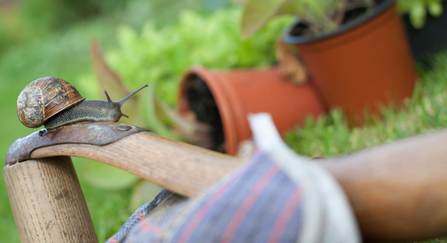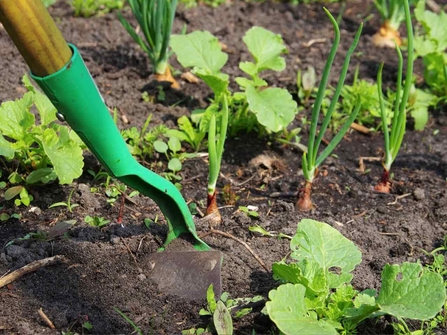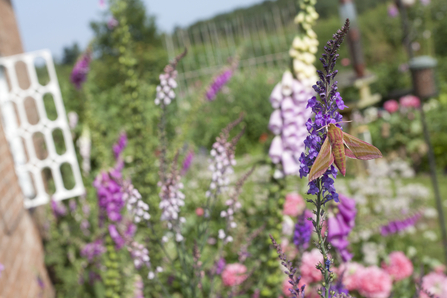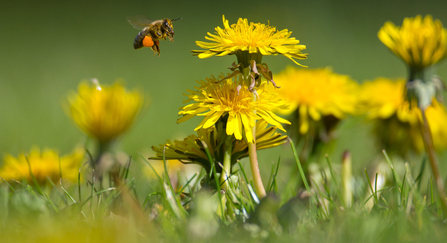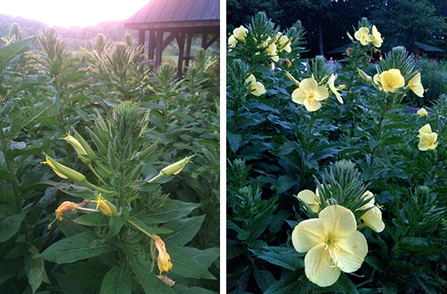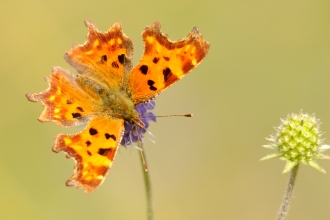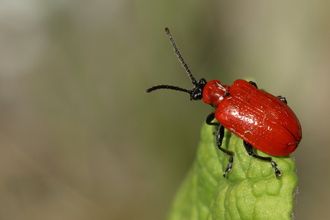Our gardens can bring us closer to nature, having our own personal green space does wonders for our wellbeing and sharing it with wildlife can bring so much joy.
Not only that, but gardens have enormous potential to act as mini-nature reserves. There are an estimated 24 million gardens in the UK and if we all do a few small things to help wildlife it can make a big difference for the natural world.
You can help local wildlife by introducing simple changes that will attract local species to your garden and get it buzzing with life!
Here are ten simple things you can do in your garden to turn it into a wildlife haven.


